Mother of pearl buttons – the importance of modern connection to clothing.
The use of so-called mother-of-pearl buttons is popular today. Beauty and variety are hidden behind fine dresses, blouses and shirts. They can be numerous
variations and give the clothing a personality and make it unique. There are models kept in the Button Museum in Italy since the 18th century.
Production
The mother of pearl comes most from the Philippines and Japan.
Years ago they were developing a completely different technology, but as time goes on, production is facilitated and therefore modern technology makes them more accessible and cheaper. The mother-of-pearl contributes with its natural and pure beauty. Mass models are dense and quite durable. They range in size from 14 to 18, but we at EUROBUTTONS can complete an order for as little as 40.
Mother of pearl buttons and their history:
Ever since ancient times, humans have been tempted to look into the essence of the shell and its unique colors and beauty. So they discovered the importance of shells for the decoration of clothing. Mother of pearl buttons quickly find their place among textiles. In recent centuries, mother of pearl buttons have given meaning to painters, engravers and jewelers. Collectors pay a hefty sum for precious mother of pearl artwork. For decades, mother of pearl buttons stand out because of their natural material. The mother of pearl is compared to the famous pearls. The secrete it forms serves to protect and make an ideally smooth shell of the mollusc, that is, calcium carbonate tiles arranged parallel to the surface. There are layers of biopolymer, which enhances the strength of the sink. Choosing mother of pearl buttons is a great importance to customers, as the resemblance to pearls is great. The mother-of-pearl may be dark or white, depending on the type of mollusc. One of the characteristics of the mother-of-pearl is the variable colors, which depend on the angle of the observer.
